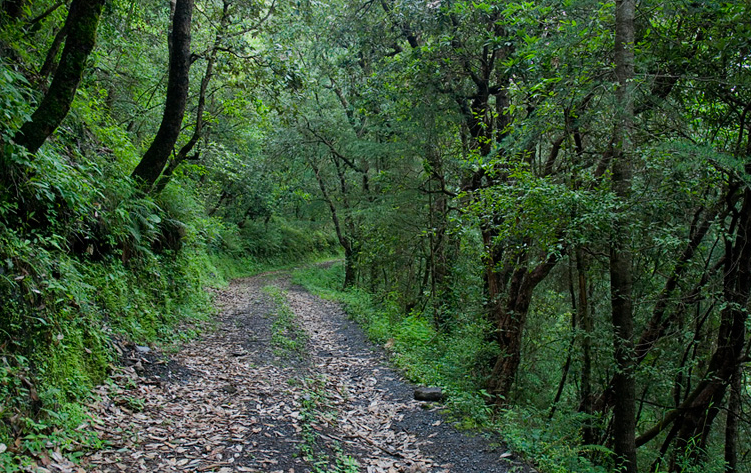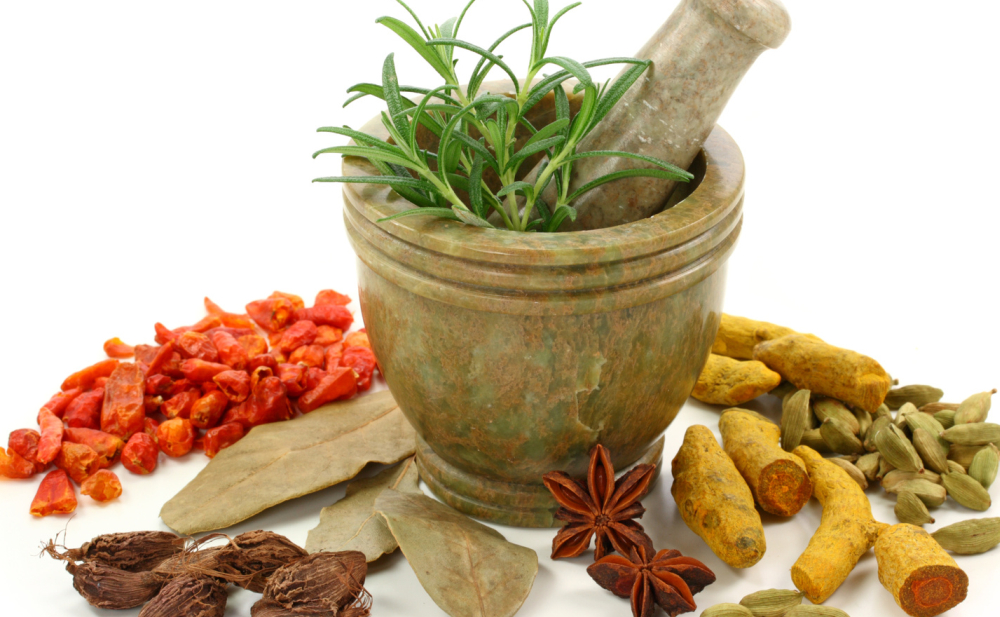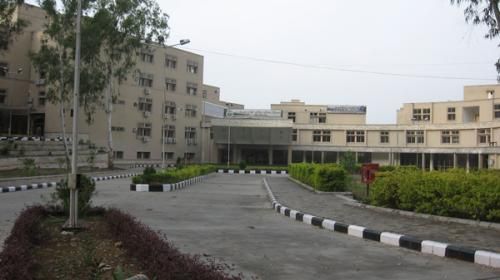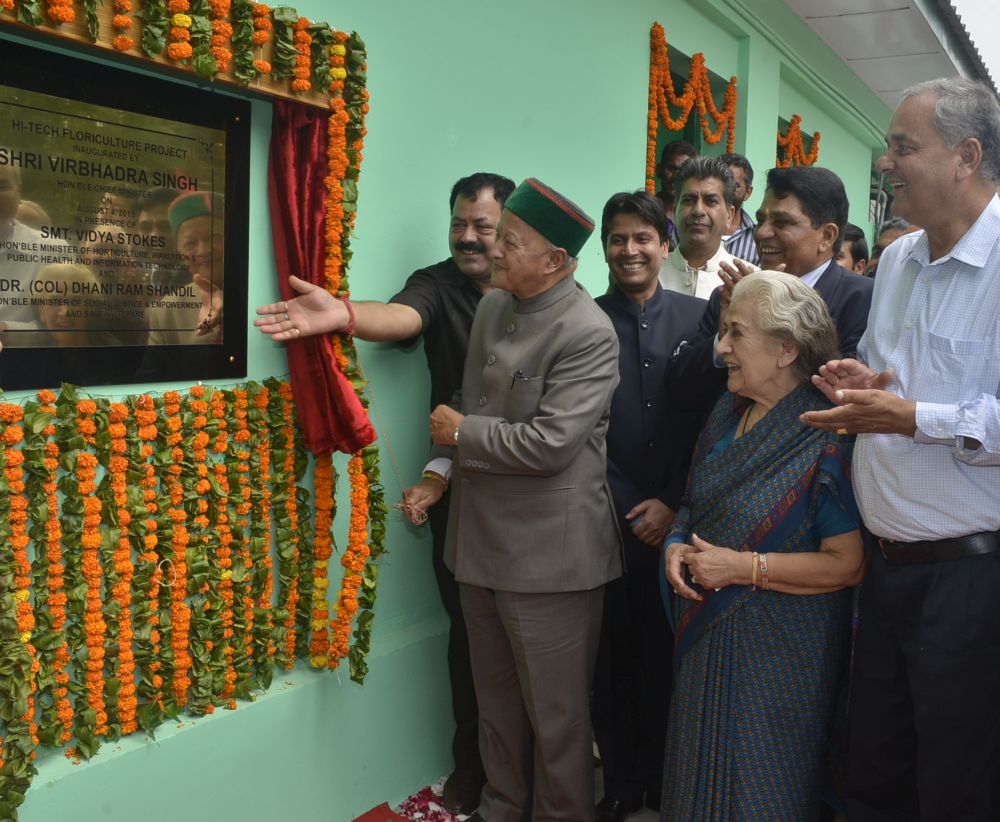With the recent upsurge of preference for natural products, there has been a revival of interest in medicinal plants in the international markets. Medicinal Plants form the major resource base of our indigenous health care traditions.
The outreach and acceptability of AYUSH systems, both nationally as well as globally, are dependent on uninterrupted availability of quality medicinal plants based raw material due to which the trade in medicinal plants is growing in volume.
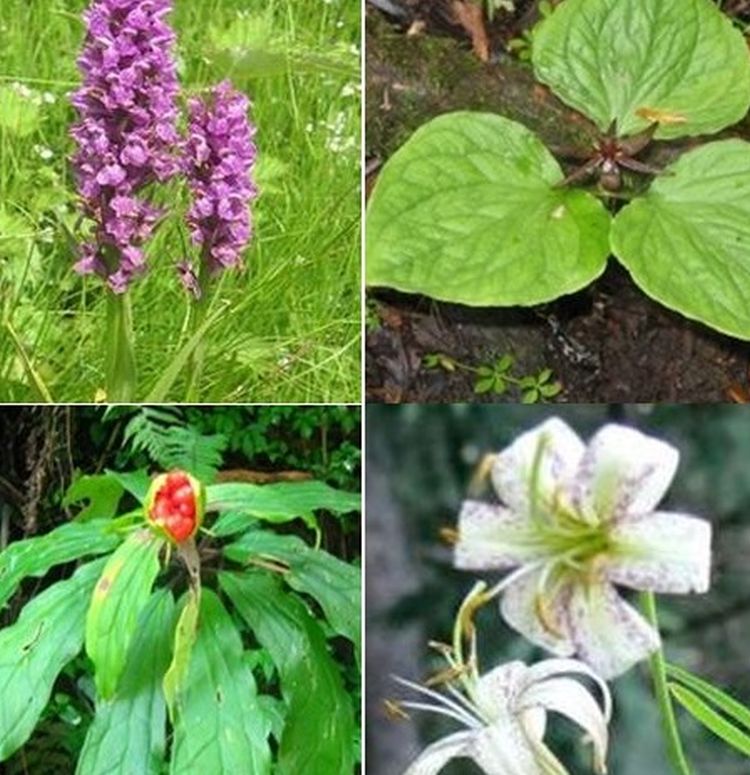
Himachal Pradesh is enriched with biological diversity. For the promotion of medicinal plants and related activities in the hill state, the State Medicinal Plants Board has been functioning in the State under the aegis of the Ayush Department. The focus is consideration of economic need and easy availability of medicinal plants for the manufacture of Ayurvedic medicines.
The State government has introduced policies to promote the conservation of medicinal plants and encourage farmers to cultivate them and supplement their incomes. To develop Himachal Pradesh as the hub of medicinal plants, the State government is providing financial assistance to farmers in different agro-climatic zones for cultivation of medicinal plants under the National Ayush Mission. Various farmer clusters have been prepared for this purpose.
To get the benefit of financial assistance, a farmer cluster must have at least two hectares of land. A cluster can comprise three adjoining villages in a 15-kilometre radius. Mortgaged land can also be used for the cultivation of these medicinal plants. As many as 318 farmers have been provided financial assistance amounting to Rs. 99.68 lakh for the cultivation of medicinal plants from January 2018 onwards.
The National Ayush Mission (NAM) in the year 2019-20 has provided financial assistance of about Rs. 128.94 lakh for medicinal plants component in the state. Out of this, Rs. 25 lakhs have been allocated for one model nursery and Rs. 12.5 lakh for two small nurseries, Rs. 54.44 lakh for the cultivation of Atis, Kutki, Kuth, Shatavari, Stevia and Sarpagandha, Rs. 20 lakhs for construction of drying shed and storage godown and Rs. 17 lakh for flexible component.
The State government has established herbal gardens in Joginder Nagar in district Mandi, Neri in district Hamirpur, Rohru in district Shimla and Jungle Jhalera in district Bilaspur to promote production of medicinal plants in the State. Different types of medicinal plants catering to different agro-climatic zones are being grown in these herbal gardens which are used to prepare different types of medicines for various ailments.
National Medicinal Plants Board, Ministry of AYUSH, Government of India has established Regional-cum-Facilitation Centre of Northern Region at Research Institute in Indian Systems of Medicine, Joginder Nagar, district Mandi. This centre is promoting the cultivation and conservation of medicinal plants in six neighbouring North Indian states including Punjab, Haryana, Uttarakhand, Uttar Pradesh, Chandigarh and Himachal Pradesh and propagating the mandate of the National Medicinal Plants Board.
To generate awareness among masses of the State about medicinal plants, the plantation drive, ‘Charak Vatika’ was carried out by the AYUSH department for two weeks in Phase-I, in which Charak Vatikas were established in 1,167 Ayurvedic institutions and about 11,526 plants were planted. Phase-II of Charak Vatika has been started on 7th June, 2021.
The State, having diverse climatic conditions, is home to nearly 640 species of medicinal plants which are distributed along the four agro-climatic zones. Tribal districts like Kinnaur, Lahaul-Spiti, Kullu, a few areas of Kangra and Shimla districts located at an altitude of over 2,500 metres, produce enormously useful medicinal plants. Some of these include Patis, Batsnabh, Atis, Tragen, Kirmala, Ratanjot, Kala jeera, Kesar, Somlata, Jangli heeng, Charma, Khursani ajwain, Pushkar mul, Hauver, Dhop, Dhamni, Nechni, Neri, Kejavo, Dhop Chrelu, Sharger, Gaggr and Buransh.
Besides this, the State government has resorted to regular monitoring of habitats, establishment and conservation of species in situ conditions and replication of this approach in other parts of Indian Himalayan Region have been recommended. Awareness about the biodiversity values is being created among the inhabitants and participation of inhabitants in conservation and management of biological resources is being ensured.


